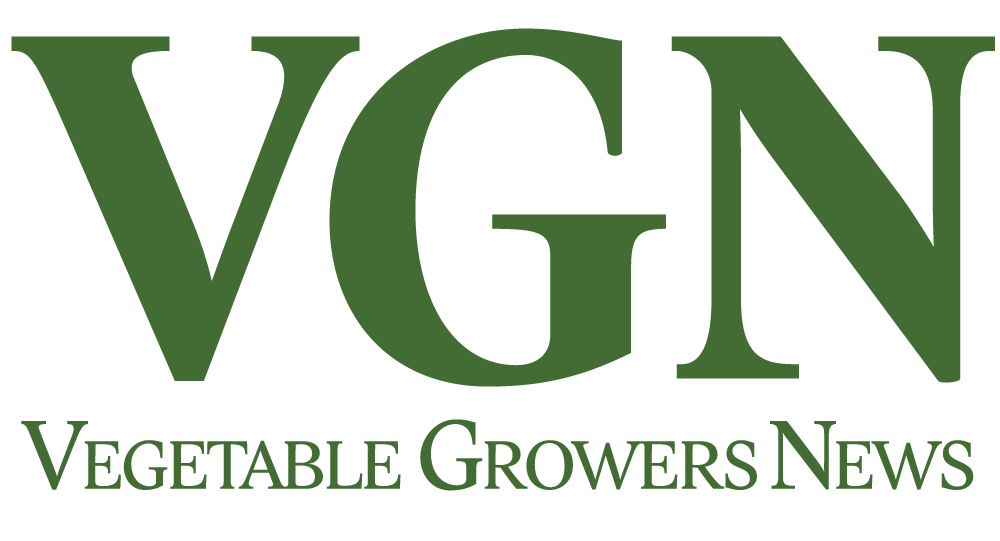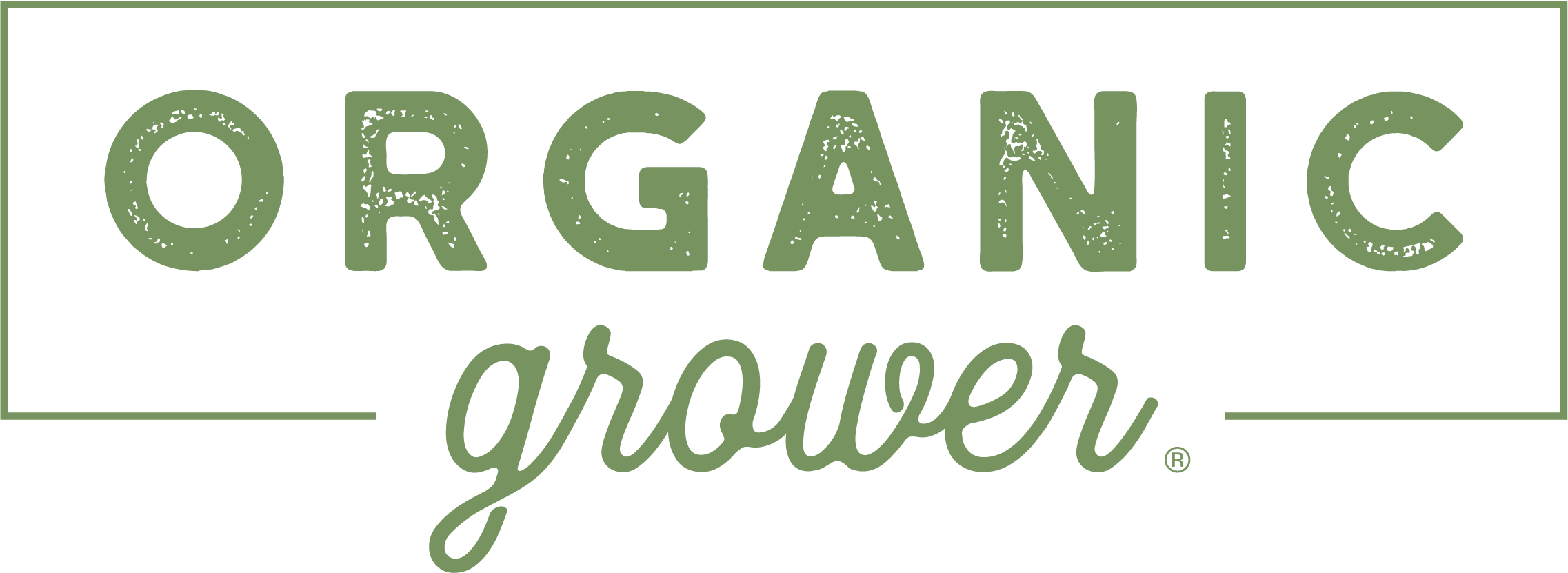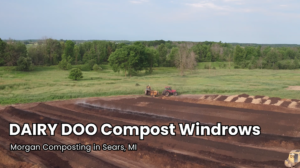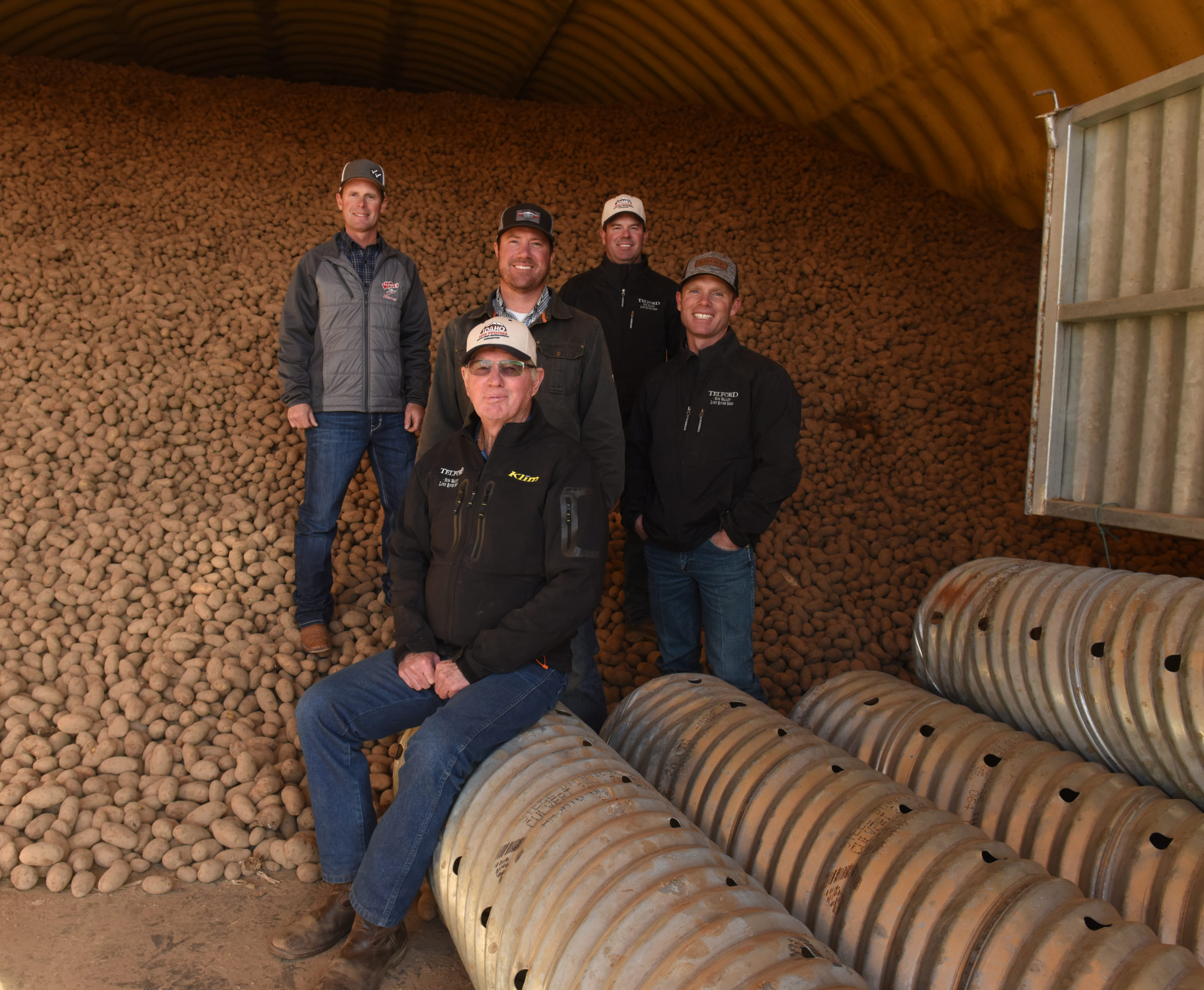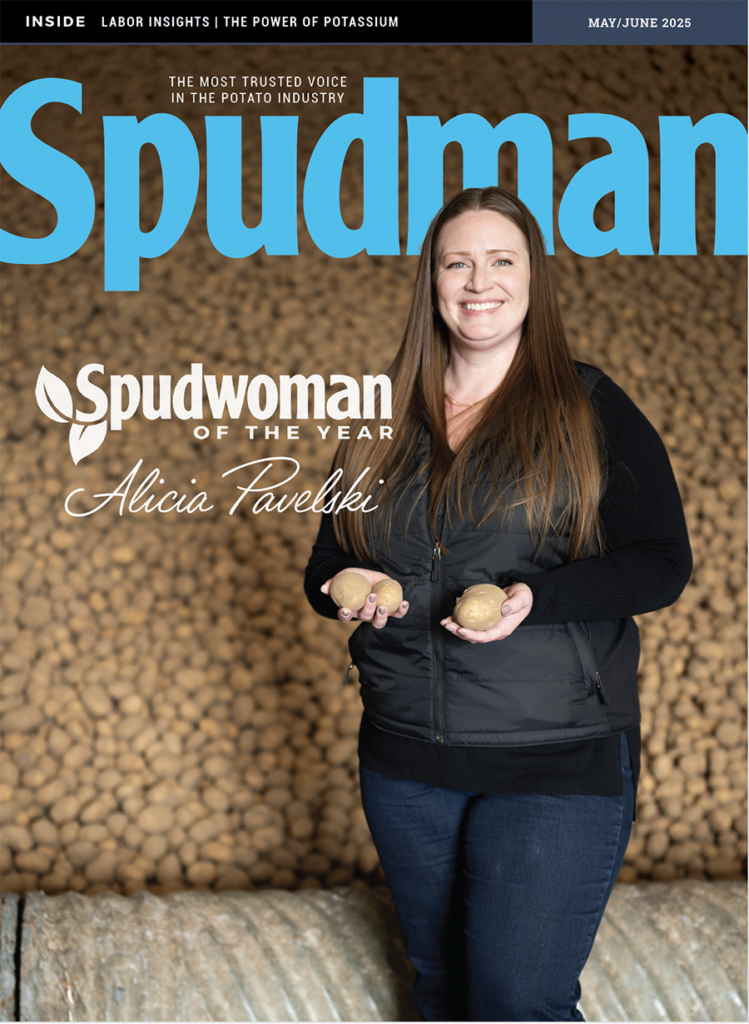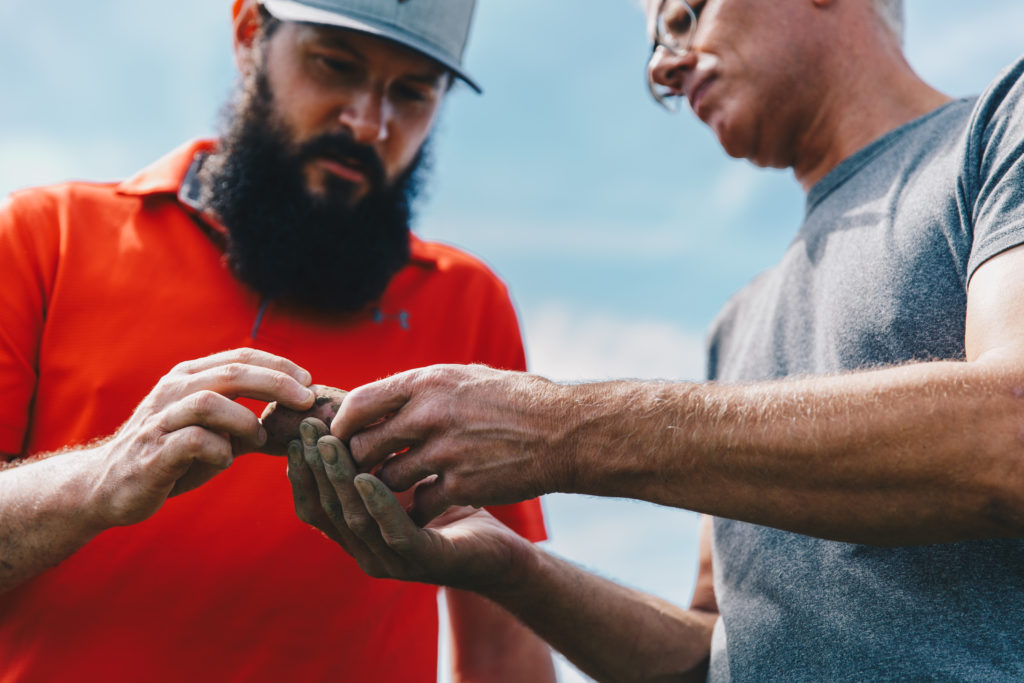
Hybrid potato-breeding company created by KWS, J.R. Simplot
International potato companies J.R. Simplot and KWS SAAT have joined forces to form a new company, Aardevo, with the goal to create new potato varieties with previously inaccessible traits through hybrid breeding.
While the ultimate goal is to be able to grow potatoes using true seed, the introduction of hybrid breeding to potato breeding will also be a real game changer, according to Paul van den Wijngaard, managing director of Aardevo.
As a partnership, Aardevo is designed to build on the work KWS did in developing a hybrid potato breeding system. KWS is an established seed company that has had success in breeding multiple other crops. J.R. Simplot brings expertise in potato growing, as well as potato processing, to the team. Together, their focus will be on breeding new varieties with improved traits quicker than has been done in the past.
“What we want to accomplish is a breeding program to deliver a pipeline of new potato varieties using hybrid breeding, more specifically on the diploid level,” Van den Wijngaard said. “Eventually, the ultimate goal is to introduce potato growing from true potato seeds rather than from seed tubers.”
Goal is diploid hybrid
While true seed is the ultimate goal, Aardevo’s first aim is to introduce diploid hybrid varieties.
“Whether we still use a seed tuber step to grow those varieties is very possible,” Van den Wijngaard said. “I think that is about a little less than 10 years away. It will take possibly another 10 years before we can introduce true potato seed varieties.”
The genetic makeup of potatoes is quite complex. Currently it takes about 15 years to develop each new variety. The introduction of diploid hybrid potatoes will greatly speed up this process.
The large difference between the two types of potatoes — diploid and tetraploid — is in ease of breeding. At a tetraploid level, it’s very hard to create homozygous lines because there are four copies of each gene.
“It’s very hard to get identical copies of each gene,” Van den Wijngaard said. “Meaning also, that backcrossing is not possible. In potato breeding, the way it is done now with the conventional tetraploids, is you take a good variety and you make a cross with material that has traits that you want to bring into the variety, and then after that one cross, everything else is selection.
“So you make the cross, put it in the field, and then go through several rounds of selection and multiplication,” he added. “But after that one cross, genetically nothing changes on the material anymore.”
Cutting process in half
With diploid hybrid breeding, on the other hand, the aim is to work with germplasm of homozygous lines.
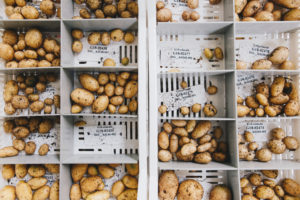
“Then if you want to bring a certain trait into that line, you cross it,” Van den Wijngaard said. “For instance, if you want to bring a resistance trait from wild material into the line, you cross it with that wild material and then backcross it on the original line.”
Doing so allows breeders to introduce traits from either wild species or from other cultivated lines into the genetic background much more easily. Farmers have been growing the same commercial potato varieties for decades, yet there are apparently thousands of wild varieties that have natural resistance to disease and other benefits. Aardevo will focus on the potential of introducing these genetics.
Diploid hybrid breeding will not only allow breeders to take advantage of genetics from wild species, but it will also cut the entire breeding process in half.
“Conventional breeding takes about 10 to 15 years from the first cross until you have a variety,” Van den Wijngaard said. “We estimate that we can bring that back to about seven or eight years to introduce a new trait in varieties.”
The most obvious traits they’re looking to introduce are related to disease resistance. Using potato’s wild cousins in conventional breeding poses a problem because not all of the traits will be desirable, and you can’t get rid of the undesirable traits if you can’t backcross. Undesirable traits, Van den Wijngaard said, include low yield and features that impact processing quality, like size and shape.
“A viable variety needs to consider yield, and tuber quality and size for processing,” Van den Wijngaard said.
U.S., European market differences
Breeders also look for resistance to disease. Hybrid breeding simplifies specific focus for the different markets. The company is still investigating which diseases have the most impact on the U.S. market.
“What is important in Europe could be less important in the U.S. market,” Van den Wijngaard said. “And we want to bring market specific innovation, also in disease resistance.”
Processing traits are also important to U.S. potato producers, where a larger part of the market is determined by fast food restaurants, he said. “The U.S., in terms of quality, seems to be a slightly more demanding market,” he said.
True seed could bring with it incredible change to the potato sector, but Van den Wijngaard believes that introducing hybrid breeding to potato breeding will be a much more important step.
Aardevo is close. When the project started at KWS, the company reached technical milestones that made them realize their goal is feasible.
“The fact that we’re starting this joint venture now and that we’re converting from a true research project into developing a breeding program and developing a pipeline that delivers varieties, illustrates that we are confident that we have overcome certain technical hurdles,” Van den Wijngaard said.
“I think once we’ve established a breeding program that actually delivers varieties, the potato growers will see much faster introduction of new varieties and from one introduction to the next you will see more improvement — more breeding gains on the varieties.”


